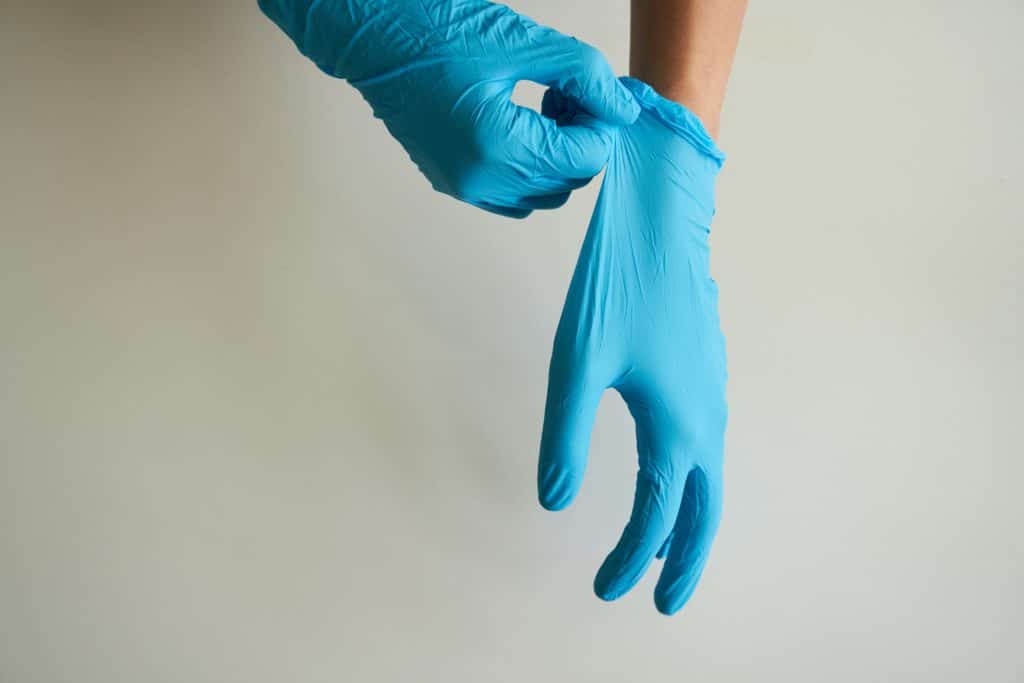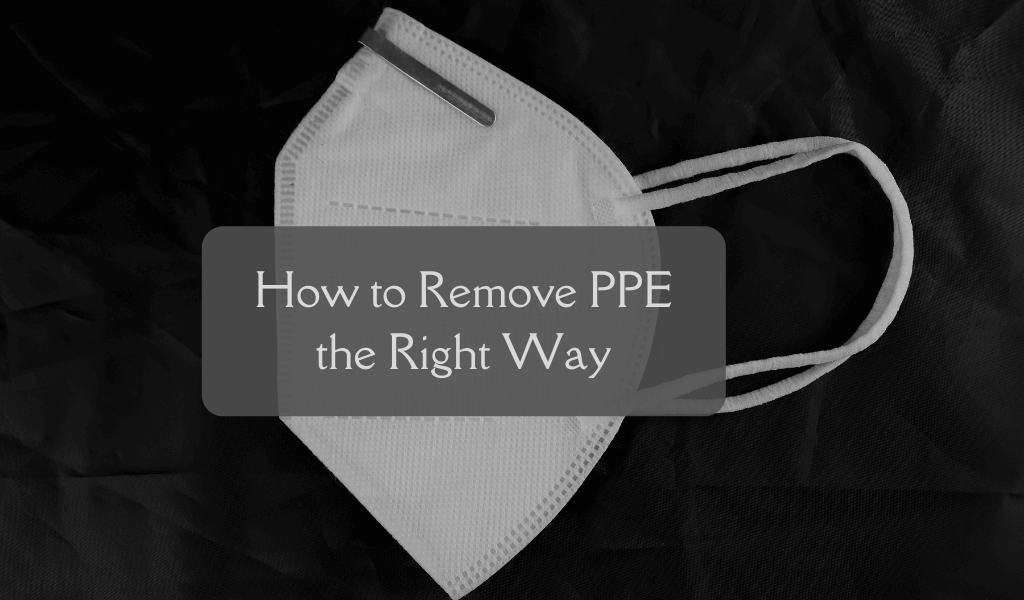Has it been a while since your team learned how to remove PPE the right way? It might be time for a review.
The janitorial industry is no stranger to PPE. From the vapors of cleaning chemicals to the messes that require some extra layers of protection, masks and gloves are pretty much standard operating procedure. In fact, it’s so standard that it might be time to review how to put PPE on and how to remove PPE the right way.
Like so many things, donning and doffing PPE happens so often that we may not even think about it. Over time, we forget a little or let things slide. Before long, we aren’t as careful as we should be, and mistakes happen.
That’s why it’s always a good idea to review safety protocols, including how to remove PPE. A little nudge in the right direction can help keep everyone safe and healthy.
If you are ready to bring your cleaning organization to the next level, take advantage of a free call with Janitorial Manager to see how our software can make you a more successful janitorial operation.

How to put on PPE
Before we get into how to remove PPE, let’s go over how to put it on in the first place. Chances are, your team is already more careful with this, as correctly wearing PPE offers levels of protection from contaminants, bacteria, harsh chemicals, and other things we’d rather not breathe in or contact. PPE is a big part of bloodborne pathogen training, as well as many other pieces of training.
The first step is ensuring everyone is wearing the proper PPE. For example, you may only need gloves and a mask for cleaning a school. However, PPE might include gloves, masks, eye protection, and gowns if you work in a medical facility. Here’s the sequence, according to the CDC:
Start with the gown. Completely cover your body from the neck to the knees, including your arms. The gown should fasten behind the neck and the waist.
Secure your mask. Ideally, masks or respirators have bands at the head and neck that you can tighten for a secure fit. Ensure the mask covers both your mouth and nose and try to eliminate any gaps around the edges.
Place eye protection over your eyes. Then, adjust the strap, so you have a secure fit.
Gloves. Pull gloves on and extend them fully to cover your hand and wrist.
Once you have your PPE on correctly, avoid touching your face or eyes, especially if you touch a contaminated surface or mix cleaning chemicals.
How to remove PPE
Once you complete your tasks, or when your PPE gets dirty, you’ll need to discard it or sanitize it, depending on the material. Here’s how to remove PPE when you’re ready. Just to be safe, you should always assume your PPE is contaminated.
Remove the gloves. Use a gloved hand to lift the palm of the other glove and peel it off. Discard that glove or hold it in your gloved hand. Next, slide the finger of your ungloved hand underneath the cuff of the remaining glove and peel it off. Put both gloves in the garbage. As an additional note, this might be the one place where people need to pay extra attention. It’s extremely easy to let your ungloved hand slip or grab the fingertips of a glove to remove it. If this does happen, either wash your hands right away or use a hand sanitizer if you can’t get to soap and water.
Remove eye protection. Start at the back, lifting the strap over your head and allowing the goggles to come off. Either place the goggles somewhere to be sanitized or discard them.
Remove the gown. Unfasten the straps, ensuring you don’t let the sleeves touch your face. Grab the inside of the gown and pull it away from your shoulders, turning it inside out as you go. Roll it up and discard it.
Remove your mask. Your mask is the last item you’ll remove. Make sure you’ve left any contaminated areas before taking your mask off. Untie the bottom strap at the back of your neck, then the strap behind your head. Remove the mask and discard it. Do not touch the front of the mask. Remember, we’re assuming everything is contaminated.
When you’ve finished removing your PPE, wash your hands under warm running water, and don’t forget to scrub with soap for 20 seconds.
Be aware, too, that if you’re in a contaminated environment, it’s a good idea for any employees who wear glasses to wash them, as well. This gets overlooked far too often.
Remember, PPE can only do so much on its own. If you and your team don’t put it on or remove it correctly, or if you take other chances on safety, you won’t have the full protection that’s available.
Increase efficiency, reduce costs, and improve results. With Janitorial Manager, all this and more isn’t just a dream, it’s your new reality. Contact us for a free consultation right now and see how it works!

